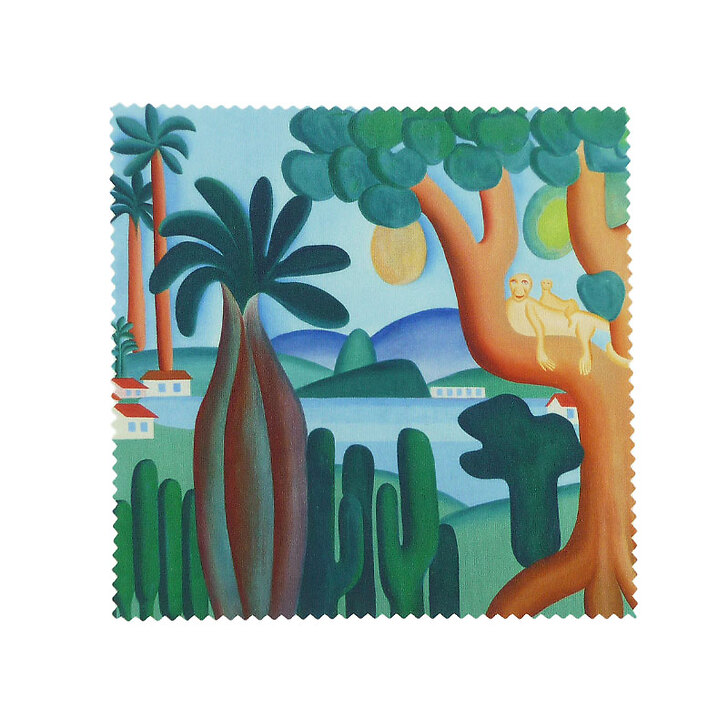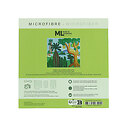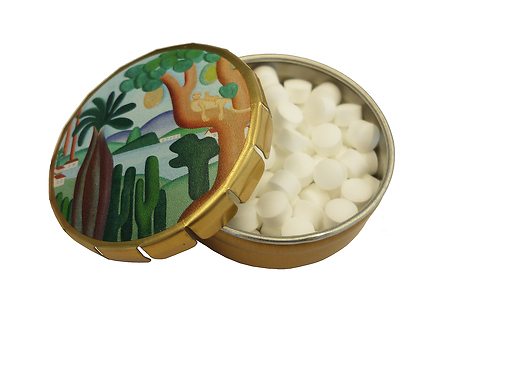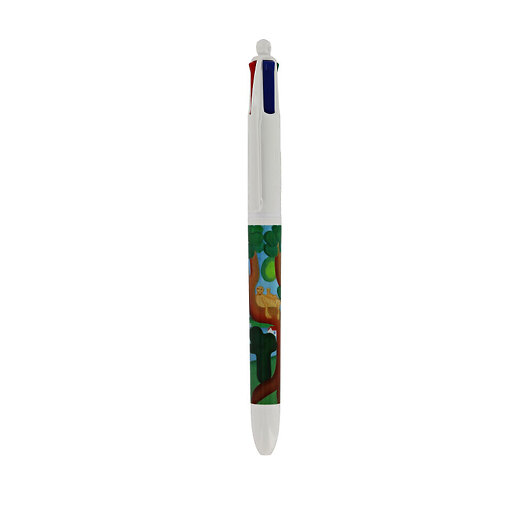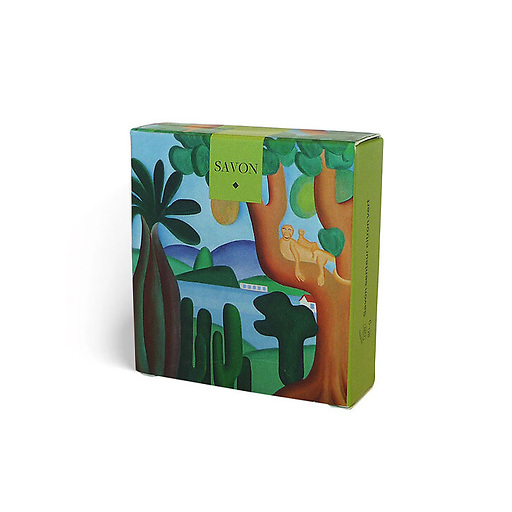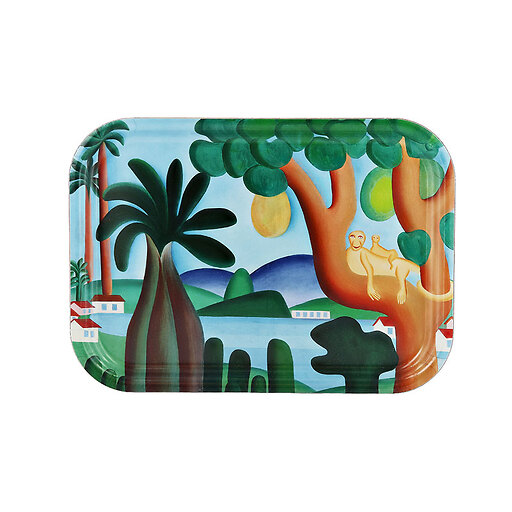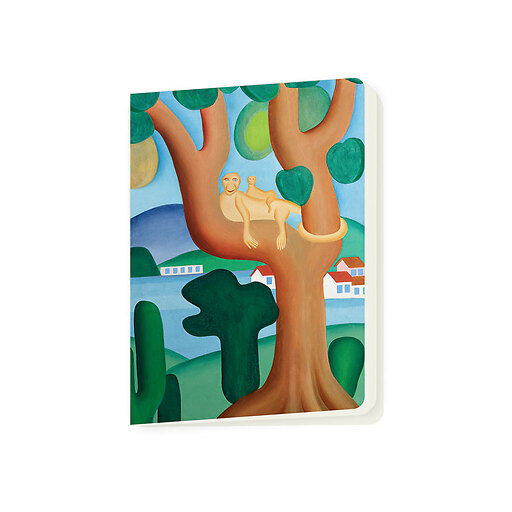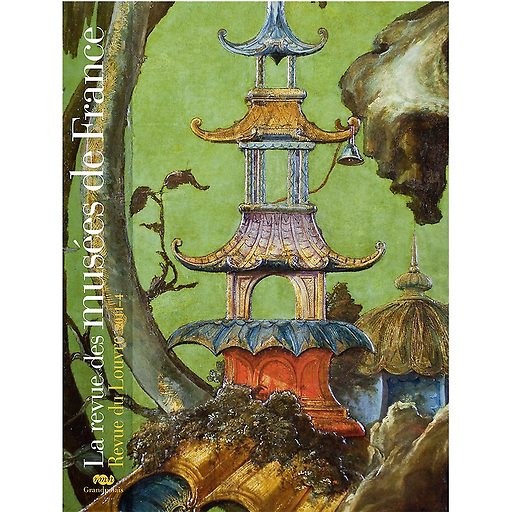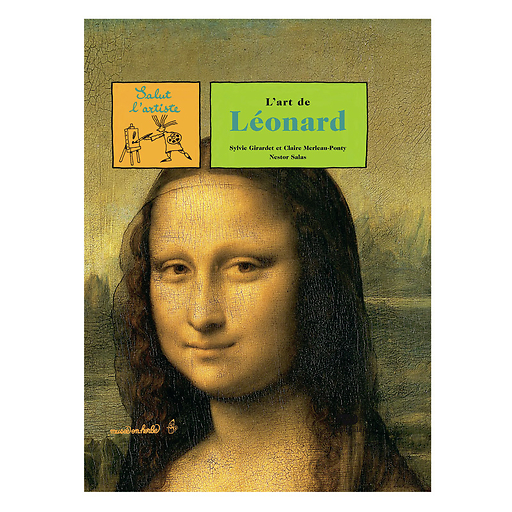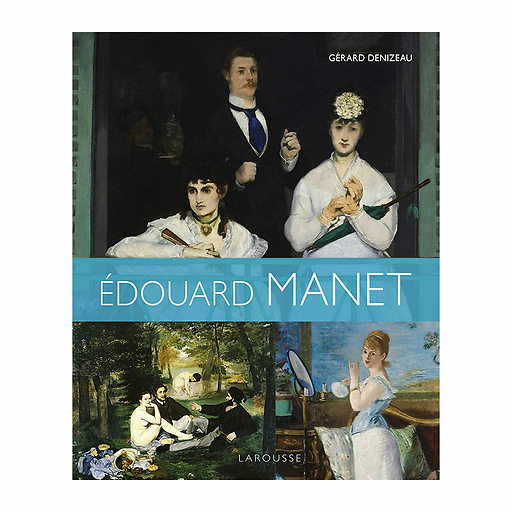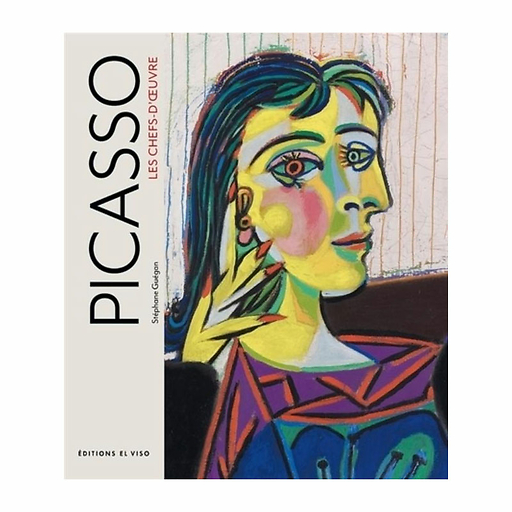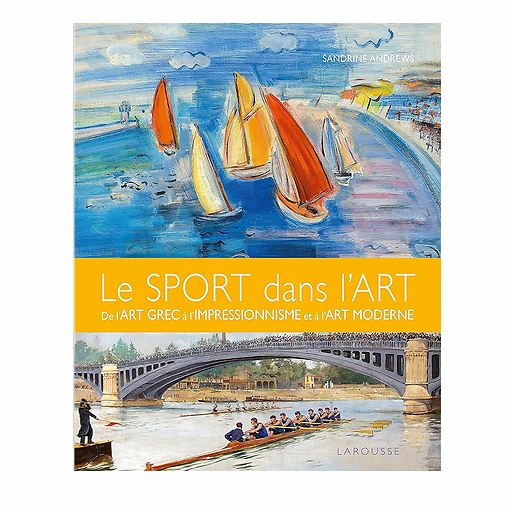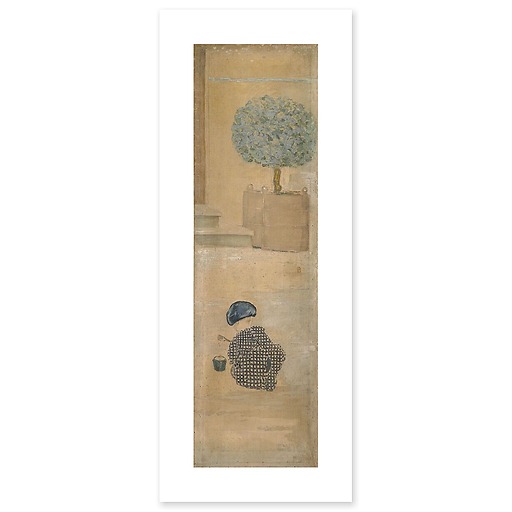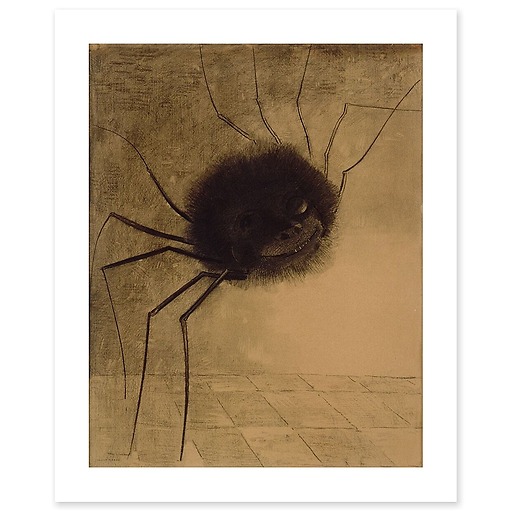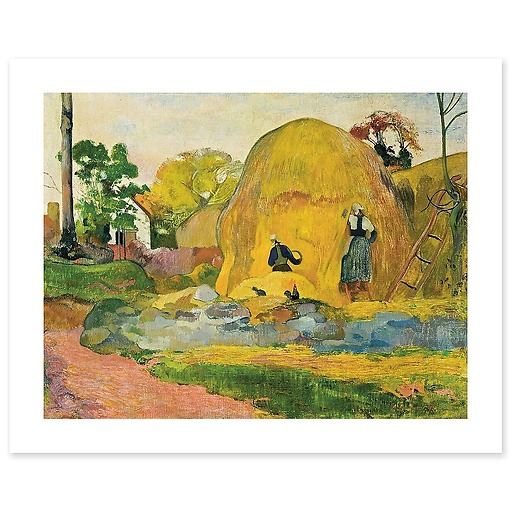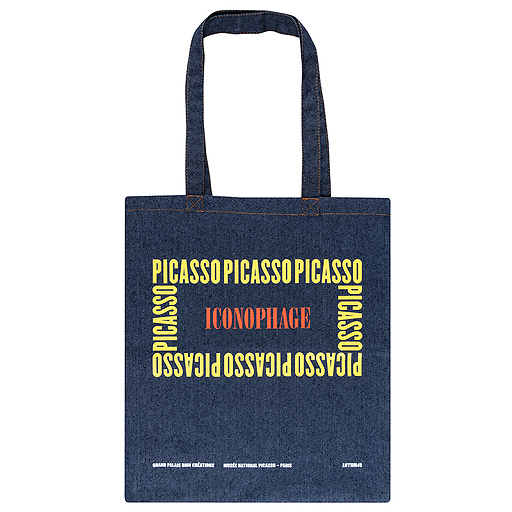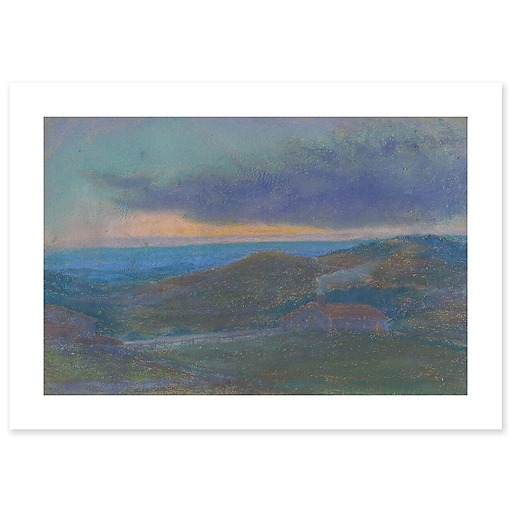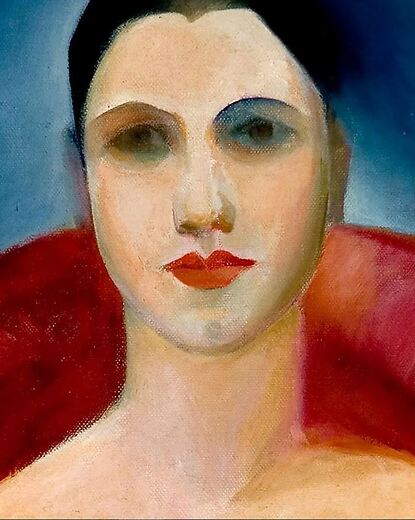Microfiber Tarsido do Amaral - Cartão postal
CU601091
This microfiber was published for the exhition "Tarsila do Amaral Painting modern Brazil" at musée du Luxembourg from October 9, 2024 to February 5, 2025
Tarsila do Amaral (1886 - 1973)
Cartão postal (Postcard) (detail), 1929
Oil on canvas H. 127,5; L. 142,5 cm
Private collection
© Tarsila do Amaral...
Read more
This microfiber was published for the exhition "Tarsila do Amaral Painting modern Brazil" at musée du Luxembourg from October 9, 2024 to February 5, 2025
Tarsila do Amaral (1886 - 1973)
Cartão postal (Postcard) (detail), 1929
Oil on canvas H. 127,5; L. 142,5 cm
Private collection
© Tarsila do Amaral Licenciamento e Empreendimentos S.A.
© Photo Private collection, Rio de Janeiro / Jaime Acioli
Composition : 70% recycled polyester, 30% Nylon
The recycled polyester of this microfiber is made from recycled bottles
Made in South Korea and printed in France
The microfiber cloth cleans any sensitives surfaces
Machine washable at 30°C (86°F), do not use fabric softener or dryer.
Close
Sold by GrandPalaisRmn

